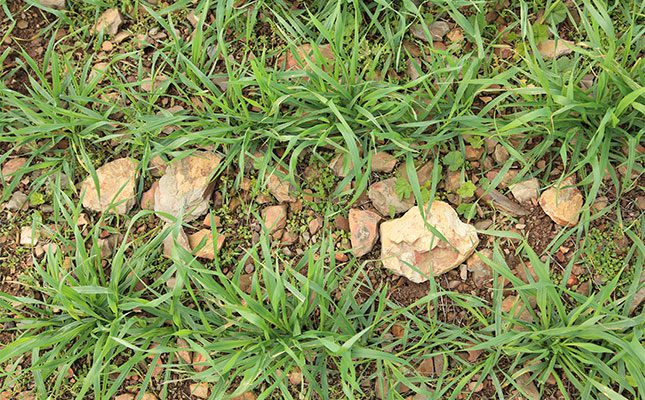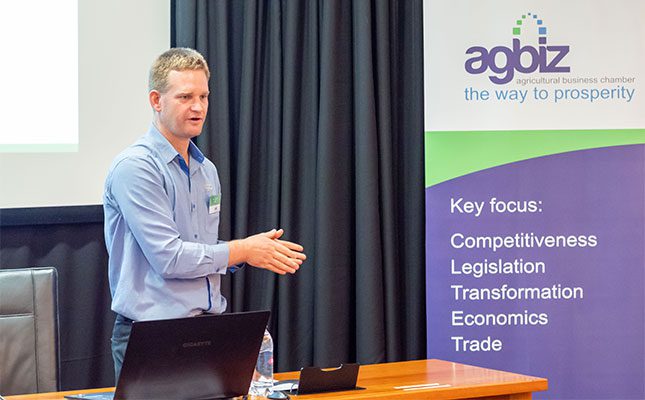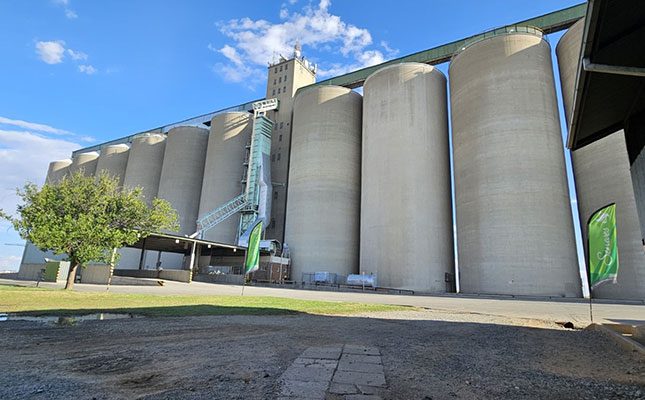
Photo: Octavia Avesca Spandiel
A research paper published in the Agrekon journal online on 26 May 2025 introduced a forecasting tool designed to evaluate the structural and economic impacts of South Africa’s land redistribution programme.
Titled, ‘South Africa’s land redistribution: an agent-based model for assessing structural and economic impacts’, the study was produced by researchers Dr Siphe Zantsi, Gabriele Mack, Anke Möhring, Kandas Cloete, Jan C Greyling, and Stefan Mann.
Speaking to Farmer’s Weekly, Dr Siphe Zantsi, one of the study’s lead researchers and an agricultural economist at the Agricultural Research Council (ARC), unpacked the significance and practical applications of the model.
Forecasting redistribution impacts over eight years
Zantsi explained that the study focused specifically on the land redistribution component of South Africa’s broader land reform policy. This sub-programme aimed to rebalance agricultural land ownership, which remained heavily skewed in favour of white South Africans.
“We wanted to assess how the land redistribution sub-programmes will perform in redistributing land in the next eight years, from 2017. We also examined how this would affect the structure of the agriculture sector,” he says.
To forecast these outcomes, the researchers used an agent-based model executed through a computer program called GAMS (General Algebraic Modelling System). Unlike traditional statistical models, agent-based models simulated the behaviour of individual farmers over time, using real-world data.
“This mathematical model uses current data and farmer behaviour to predict how they will behave in future and how such behaviour will affect their agricultural productivity,” Zantsi says.
Who would benefit from redistribution?
According to Zantsi, the model was designed to reflect the efficacy of the land redistribution sub-policies and how its beneficiaries will perform.
“Land redistribution is intended to benefit farmers from previously disadvantaged backgrounds. In our model, we used commercially oriented smallholder farmers currently farming in the former homelands. These are potential beneficiaries who are already active in agriculture. The model does not account for ‘elite capture’, a term used when politically connected individuals benefit from state programmes meant for the poor,” Zantsi said.
Zantsi said that one of the key issues in land reform was the appropriate size of redistributed farms. The model used viable farm sizes ideal for emerging farmers, which he determined in previous research.
“The size of farms in our model was derived from farmers’ income aspirations,” he says.
The model assumed that farmers were rational decision-makers who aimed to meet specific income goals, rather than passive recipients of land.
The post-settlement support gap
Zantsi added that a persistent weakness in land reform was the lack of post-settlement support for beneficiaries.
“Support to run the farm is what government needs to invest more in. At the moment, this support is not tailored to land acquisition. Beneficiaries wait three to five years to get post-settlement support.”
Without access to training, infrastructure, and production finance, many land reform beneficiaries were unable to become productive, often resulting in failed projects.
Land expropriation concerns
Although political discourse often focused on expropriation, Zantsi explained that redistribution without adequate resources, particularly for post-settlement support, would be counterproductive.
“Just taking land and redistributing it to black farmers is setting them up for failure,” he said.
Model based on national data
According to Zantsi, the model was built on extensive national data. The research team conducted surveys with more than 600 commercial farmers and 833 commercially oriented smallholders in Limpopo, KwaZulu-Natal, and the Eastern Cape.
“This gave us a wide and representative dataset to work with. It’s not just academic; it reflects the diversity of our farming landscape,” he said.
Government response lacking
Despite the model’s relevance, Zantsi says it had not yet influenced government policy. The research team had shared the findings with relevant departments, but had not yet received formal feedback.
“This model can help government plan land reform and [set] realistic targets,” he added.













